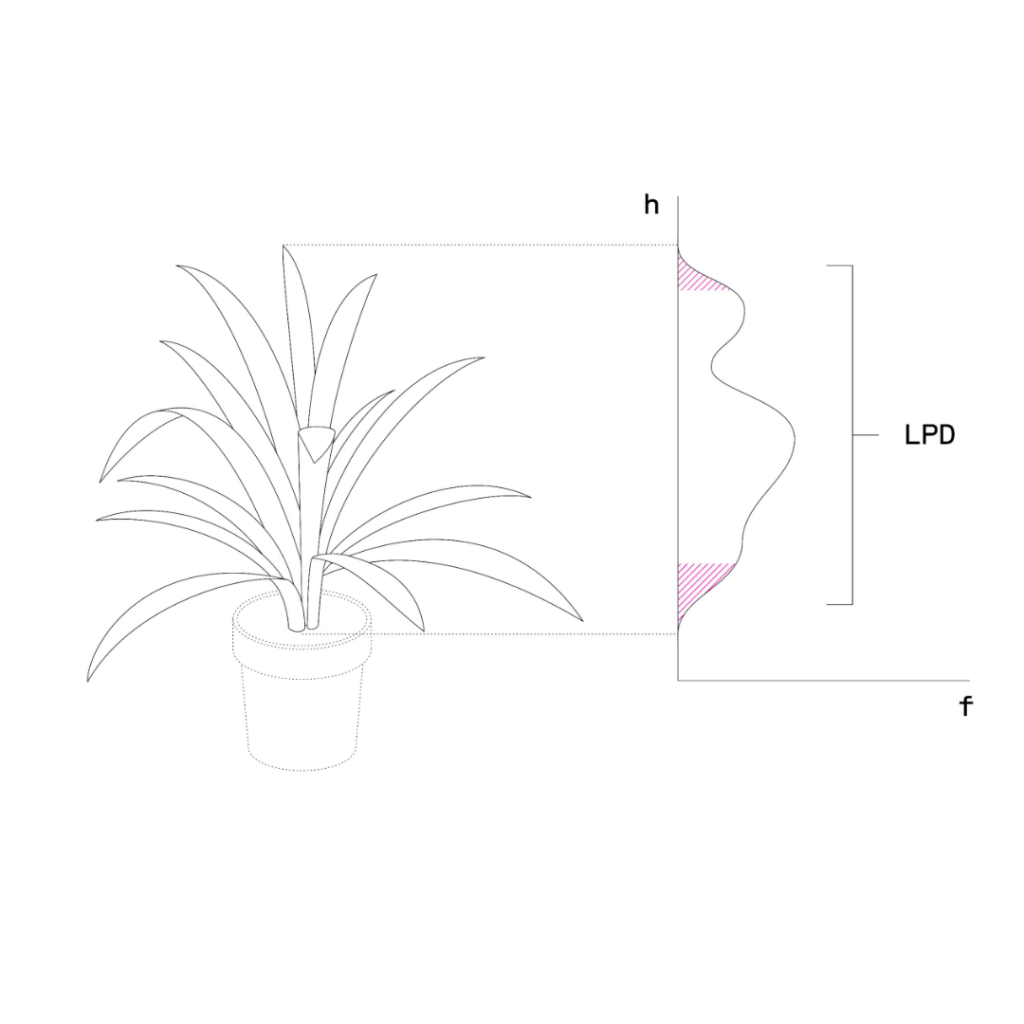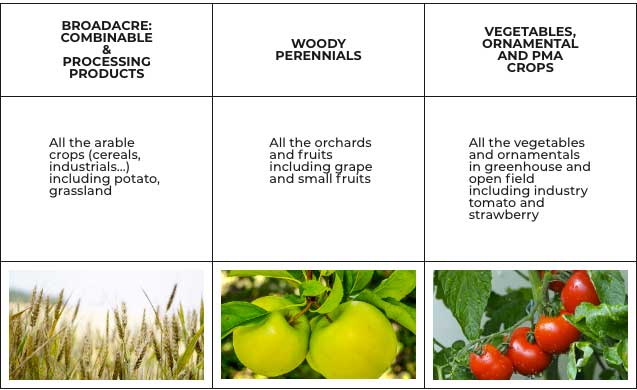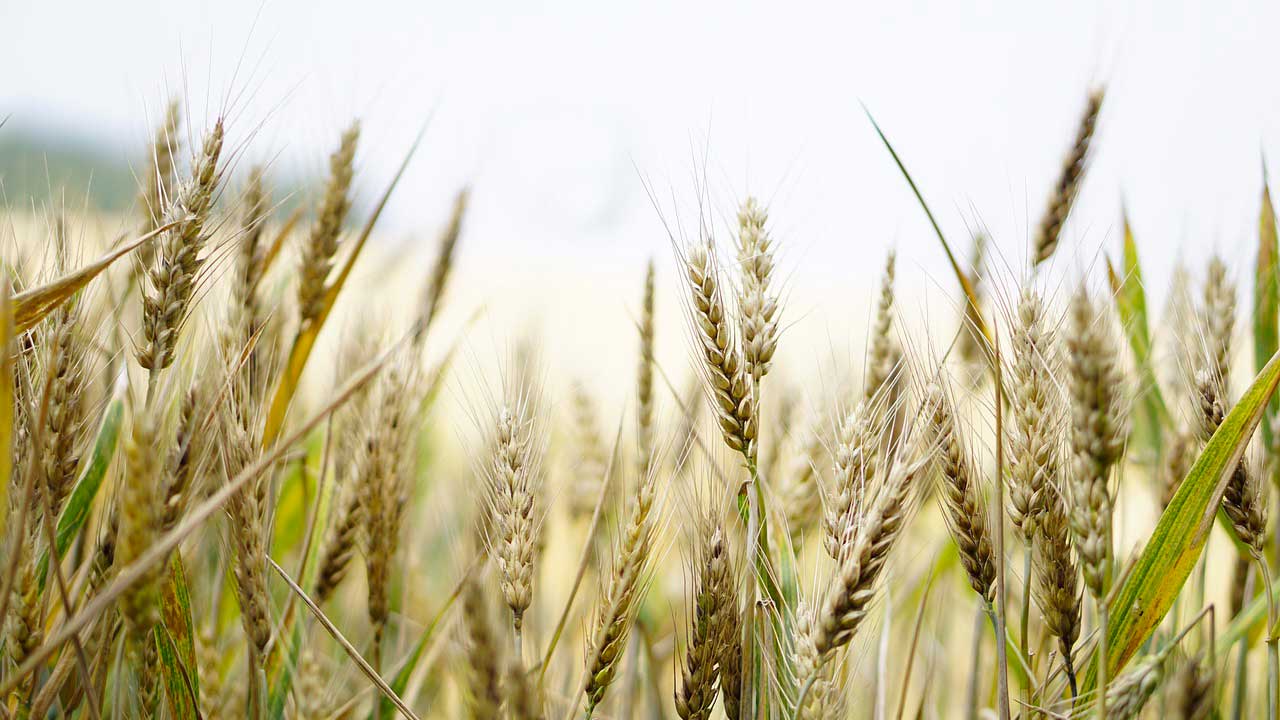BIOSTIMULANTS
Home » Biostimulants
ANADIAG ITALIA is able to perform customized trials on Biostimulants and to build specific protocol according to the different needs and to the aim of the products, and following the new EU regulation 2019/1009
OUR BIOSTIMULANTS APPROACH
ANADIAG ITALIA has implemented 3 main experimental approaches for biostimulants evaluation:
- Screening (research trials).
- Registration trials for a deep evaluation, following the new official guidelines.
- Demo trials in large plots for a summary evaluation and commercial purpose.
Those trials can be performed in different conditions, depending on the target:
- Growth Chamber
- Greenhouse
- Open Field
Our Assessment methods
- Digital root scan for enhance of radical development (lenght, area, volume, diameter, 1° 2° roots)
- Dry matter content on plant and roots
- Improvement of the vigor or greening of the crop (specific instruments SPAD, NDVI,…)
- Evaluation of resistance to abiotic stresses (salinity, heat, frost and drought stress) through different specific and objective digital instruments
- Yield (with all the specific plot combine for different crops)
- Quality traits (with many different high level instruments)
- Evaluation of eventual resistance to fungus attacks, insects, etc… (but in that case the product will become a PPP)
- Measure of anthocyanin, flavonol and chlorophyll content in leaves
- Measure fractional green canopy cover
- Thermal Camera to assess plant stress
- Photo and Video Capture to follow the plant growth


Plant Phenotyping
Thanks innovative equipments ANADIAG ITALIA carry out a deep digital assessments:
Morphological parameters

- Digital biomass: it is calculated as the product of height and 3D leaf area

- Plant height: maximum height of each plant and the plot average

- 3D Leaf area: The leaves total surface of the plot

- Projected leaf area: projection of the plant 3D model on the surface creating a 2D model

- Leaf area index: One-sided green leaf area per unit ground surface area

- Leaf inclination indicates the average inclination of leaves with respect to vertical axis

- Canopy Light penetration of the depth of laser light penetration through the plant reflectance in the green channel versus the red and blue channels of visible lights.
Spectral parameters
COLOR & SPECTRAL ANALYSIS
- HUE Average: Pixel binning according the color
VEGETATION INDEX
- NDVI Normalized differnce vegetation index. How the plant reflects light at certain frequencies.
- Greenness: It represents the relationship between the
- NPCI Normalized pigment chlorophyll ratio vegetation index. Useful for estimating nitrogen content.
- PSRI Plant senescence reflectance index. Index correlated to chlorophyll. An increase in PSRI indicates an increased canopy stress and the onset of senescence.

RGB in 3D

Calculated Index (NDVI) in 3D

BIOSTIMULANTS Claims


BIOSTIMULANTS TESTED
Application methods
- Foliar application
- Soil application
- Drip irrigation
- Seed treatment
- Pre-planting seedling immersion
- Drench Application
- Root application
- Hydroponics
CROPS TESTED
ANADIAG ITALIA can perform trials on many of the crops classified in the 3 following groups by the new guideline for the Biostimulants registration.
ANADIAG ITALIA can also suggest and implement an appropriate trials program to spread among the different crops for the registration purpose.

Broadacre: Combinable & Processing Products
Woody Perennials
Vegetables, ornamental and PMA crops
All the arable crops (cereals, industrials…) including potato, grassland
All the orchards and fruits including grape and small fruits
All the vegetables and ornamentals in greenhouse and open field including industry tomato and strawberry



Examples of trials
- Industry tomato (brix, heat stress)
- Tomato and pepper (salinity and drought stresses)
- Lettuce, melon, cucumber (root development, starter effect)
- Olive (oil content)
- Grape and table grape (heat stress and brix)
- Potato, corn, wheat (nutrient use efficiency)
- Rice (quality parameters)
- Peach and apple (Yield, grading, color, brix, acidity)
- Soybean (drought stress)
- Industry tomato (brix, heat stress)
- Tomato and pepper (salinity and drought stresses)
- Lettuce, melon, cucumber (root development, starter effect)
- Olive (oil content)
- Grape and table grape (heat stress and brix)
- Potato, corn, wheat (nutrient use efficiency)
- Rice (quality parameters)
- Peach and apple (Yield, grading, color, brix, acidity)
- Soybean (drought stress)




